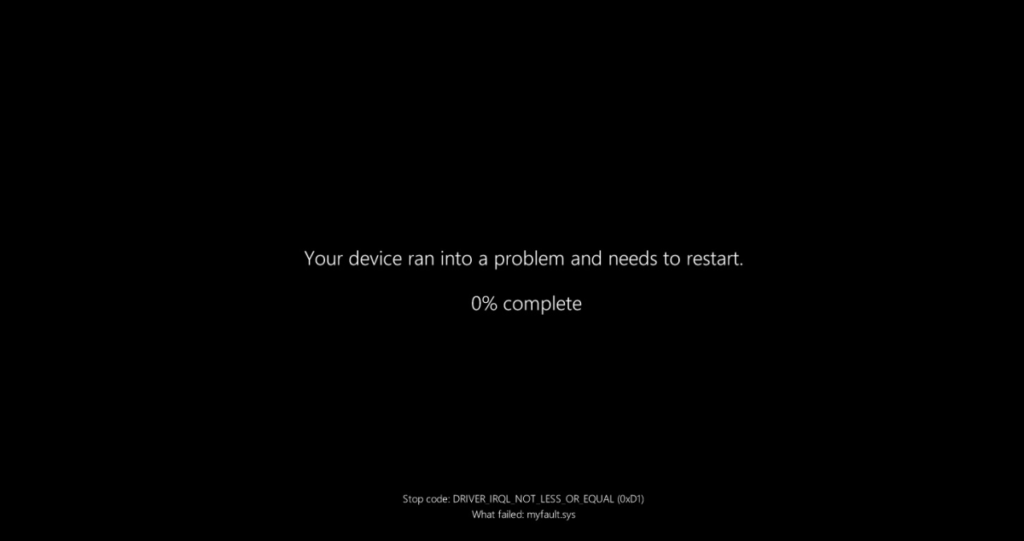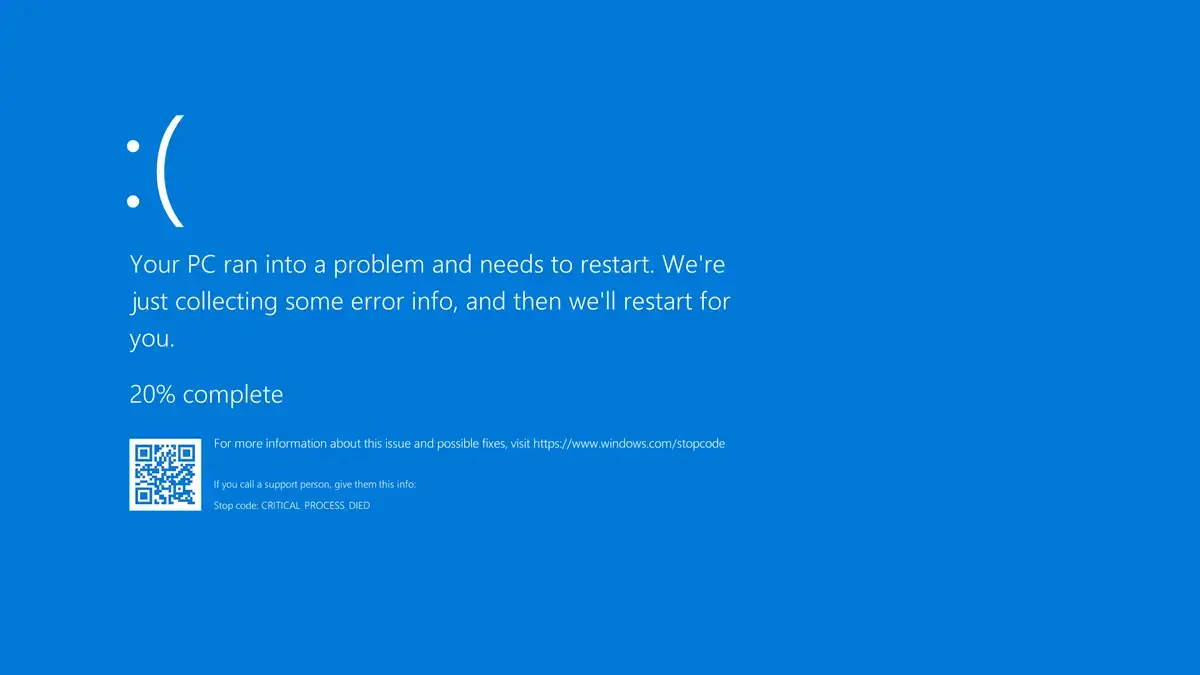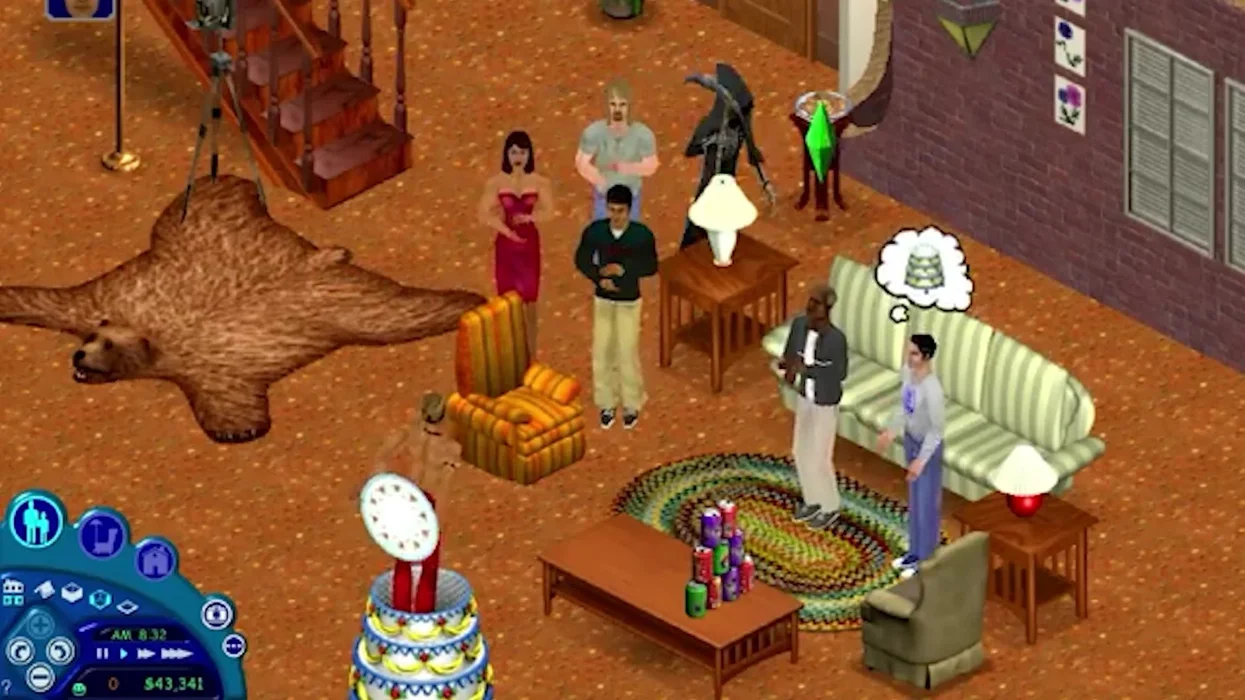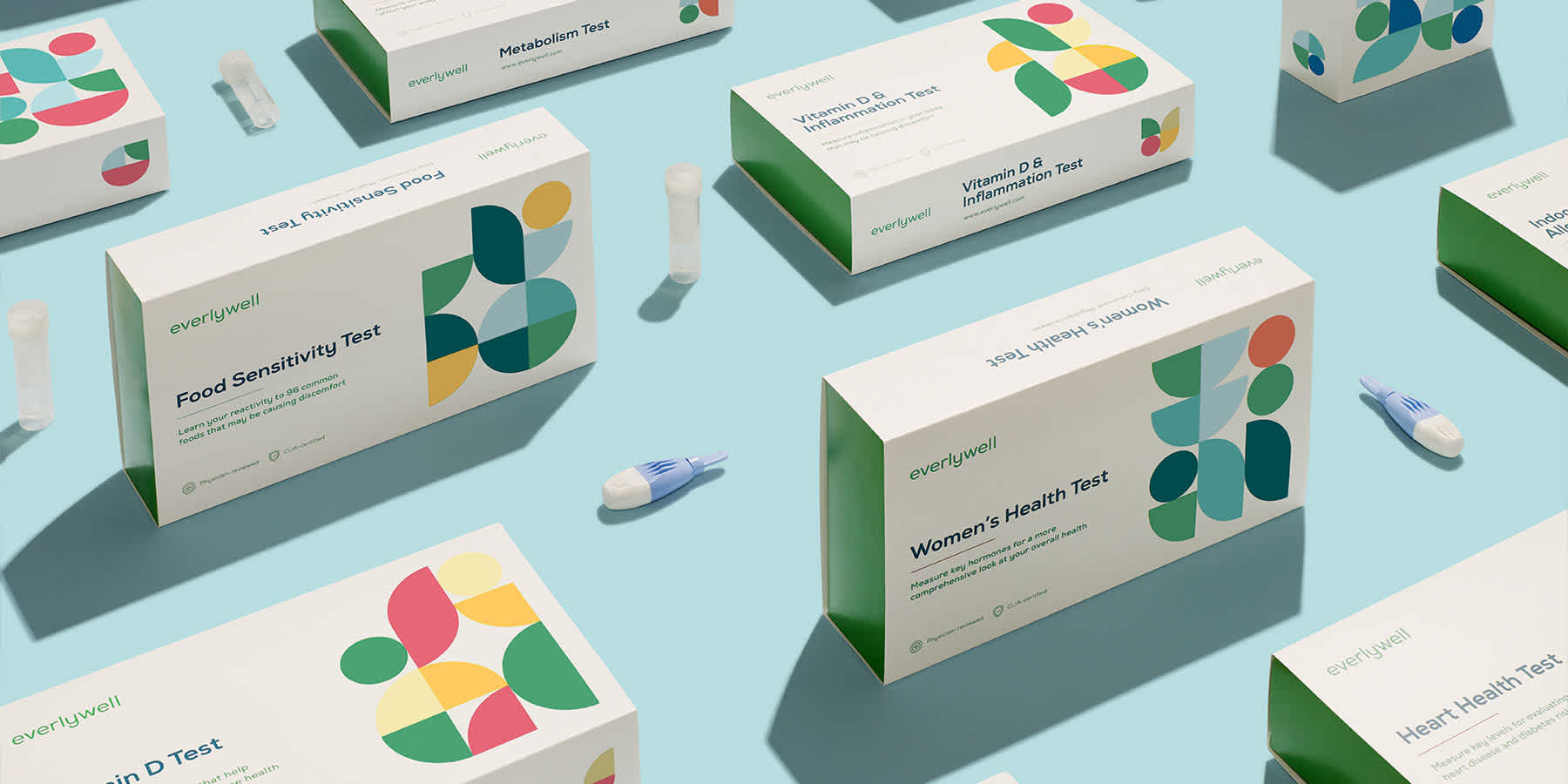
The End of the Iconic Blue Screen—Windows 11’s Crash Screen Goes Dark
Nearly every longtime Windows user has been met at some point with the unmistakable Blue Screen of Death—the vivid blue backdrop, the frowning face, and the unsettling error message that simply declared something went terribly wrong. But Microsoft is now set to move away from one of the most instantly recognizable, if dreaded, features in the Windows ecosystem. With the upcoming Windows 11 24H2 release, the infamous blue crash screen is being replaced by an entirely new look—a black screen of death.
According to reports from Windows Latest, Microsoft is making more than just a color change. In the current preview builds of Windows 11 24H2, the screen has lost several of its most familiar features, including the sad smiley face and the QR code that’s been a part of the crash experience since 2016. These QR codes were introduced to help users quickly access relevant support articles and debugging tips but are now gone in the new version. Instead, the message on the error screen has been simplified to a more neutral tone: “Your device ran into a problem and needs to restart.” Even the term “PC” has been dropped in favor of the broader word “device,” reflecting Microsoft’s modern ecosystem of laptops, tablets, and convertibles.
Interestingly, Microsoft appears to have been experimenting with a redesign of the BSOD since the early days of Windows 11 development but held off on rolling it out—until now. The black background may signal an attempt to distance the company from the long-standing associations users have with the blue screen, which over time has become symbolic of driver failures, patch issues, and system instability following updates. In test builds for Windows Insiders, Microsoft is still using a green background to distinguish pre-release crashes from those in stable builds.
While the technical functionality of the crash screen remains intact—users still get an error code at the bottom—the aesthetic shift is stark. Gone is the visual identity that generations of users have come to associate with system crashes. And ironically, the new design, stripped of color and graphical elements, comes across more somber than ever. For longtime users, it may feel like a quiet funeral for one of Windows’ most infamous traditions.
Microsoft hasn’t confirmed exactly when this new crash screen will debut for all users, and the change doesn’t currently appear on the official Windows roadmap. However, the rollout is likely to take place alongside a future cumulative update or during a Patch Tuesday release, possibly coinciding with the broader launch of Windows 11 24H2 later this year.




